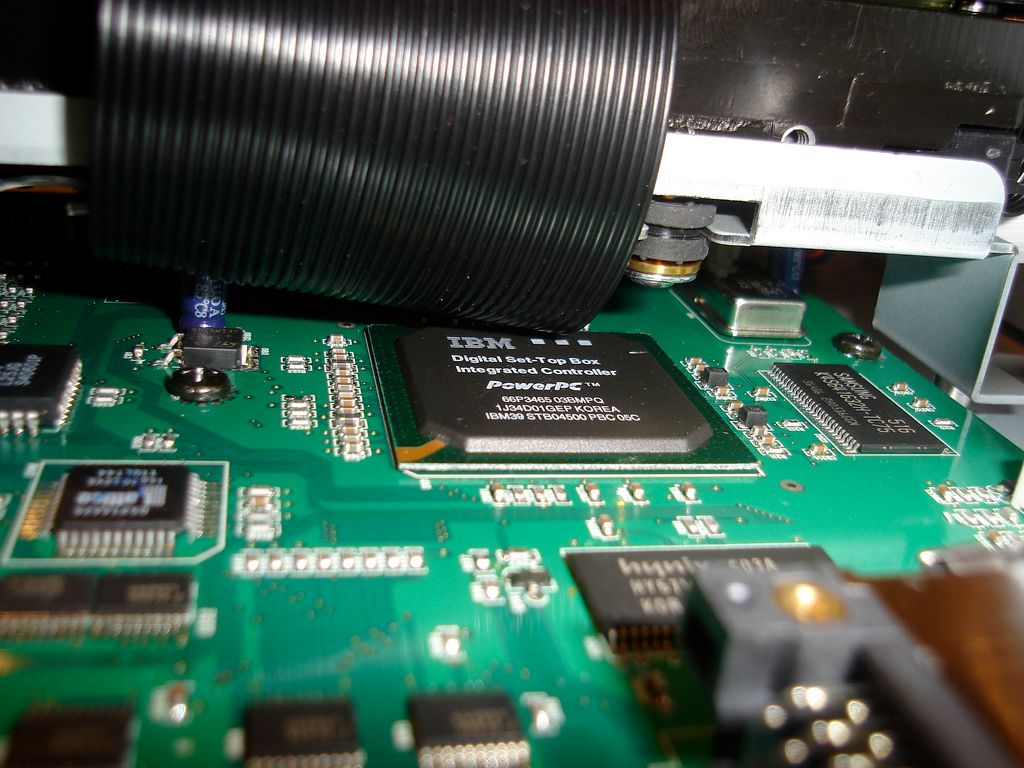Lenovo X1 Firmware Updates without Windows

As you may know, I have a 4th Generation X1 Carbon and I love it. However, in order to update much of the firmware, I need a Windows Environment but that doesn't mean I have to re-install Windows every time I want to apply a patch. In fact, I can do everything I need without ever even infecting my system with Windows ever again.
While I know I could simply reinstall Windows, apply my patches, and then reinstall the OS of my choice, this is a complete waist of time in my opinion. Windows PE has existed for some time and while this is typically used by PC repair folks, it's really all I need.
For this post, I will be using Windows 10 PE to apply a number of Firmware updates and will be doing so with a pre-built ISO. The basic process for getting everything done that I need is as follows:
- Download or Build the Win10PE
- BIOS preparation
- Boot into the Live Environment
- Download the needed firmware updates and install them.
- Profit!
Windows PE (Live Environment)
The first thing needed is Windows PE. We've two options to get this situated:
- Download a Windows 10 PE Environment (Live Environment).
- Build your own Windows 10 PE Environment.
NOTE: If you wish to build your own Windows 10 PE ISO you will need a Windows computer on hand. If you download a pre-built release you can do everything from within Linux.
With the Windows PE ISO on hand, write the contents of the ISO to a USB stick. The USB stick needs to be at least 6GiB to successfully run.
-
If you're building the Windows PE and need a tool to write the contents of the ISO to the USB stick, Rufus works very well.
-
If you're working from a Linux Desktop you can simply use the
ddutility to write the ISO to the USB stick. See more about the uses ofddhere.
For example purposes I've provided the command I ran, however make sure you're pointing dd at the correct block device.
dd if=/home/$USER/Downloads/Win10PE.iso of=/dev/sdb bs=1M
Once we've written the ISO to the USB stick, reboot.
System Preperation
In order for the Windows PE USB stick to boot you will need to make a couple temporary changes to the BIOS settings. Remember these changes as you'll need to revert them once the updates are complete. To get into the BIOS settings power on the laptop, press "Enter" to interrupt the normal boot process, then press F1 when prompted to "Enter the Setup Utility".
-
Disable "Secure Boot": To make this change go to the "Security" tab, and select the "Secure Boot" option. From within the "Secure Boot" options set "Secure Boot" to Disabled.
-
Enable "UEFI and Legacy BIOS Boot": To make this changes you will need to have already disabled "Secure Boot" once that's done go into the "Startup" tab and then change the "UEFI/Legacy Boot" option to Both.
-
OPTIONAL: If you're applying an update to the "Intel Management Engine" go to the "Config" tab and the Intel(R) AMT option and set "Intel(R) AMT Control" to Enable.
Once the needed changes have been made, go to the "Restart" tab and select "Exit Saving Changes".
Boot into Windows PE
After you've saved the BIOS changes, the system will reboot, press "Enter" to interrupt the normal boot process and then press F12, to select the boot device. In this next menu you'll see the name of the USB sticks, highlight this option and press "Enter". This will drop you into a Windows boot prompt.
Note: Booting into Windows PE can take some time, be patient.
Install the needed Firmware updates
Once you're logged into the Windows PE Desktop, open any available browser, navigate to Lenovo.com select Support >> PC. Enter the make of your machine into the search bar and select the correct model. Now download the firmware/software you want to install.
I installed the following updates in this particular order:
Intel Management Engine 11.6 Software for Windows 10 (64-bit) - ThinkPad
*
Intel Management Engine 11.6 Firmware for Windows 10 (64-bit), 8.1 (64-bit), 7 (32-bit, 64-bit) - ThinkPad
*
ThinkPad OneLink+ Dock Synaptics Firmware for Windows 10 (64-bit), 8.1 (64-bit) and 7 (32-bit, 64-bit) - ThinkPad
*
Solid State Drive Firmware Update Utility for Windows 10 (64-bit), 8.1 (64-bit), 8 (64-bit), 7 (32-bit, 64-bit) - ThinkPad
NOTE: I could have also done the BIOS upgrade too however for that specific update Lenovo has a Bootable ISO option. More on that update can be found here.
Profit!
Reboot the environment one last time, remove the USB stick, go back into the BIOS settings and revert any changes you made. Finally, reboot back into your normal OS and enjoy the benefits of a patch system.
